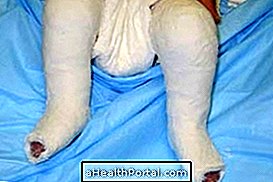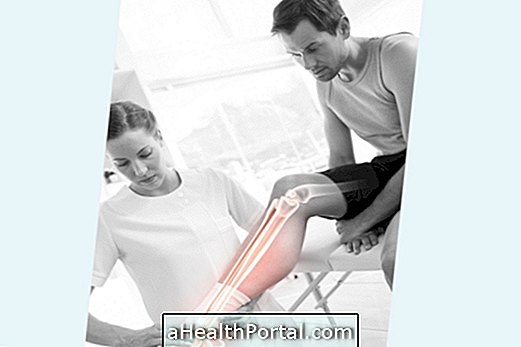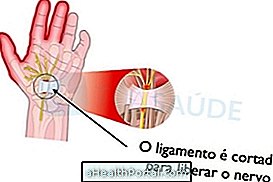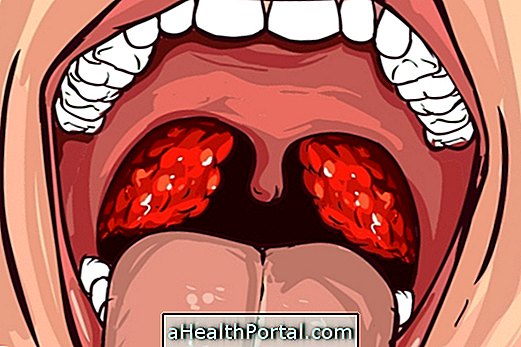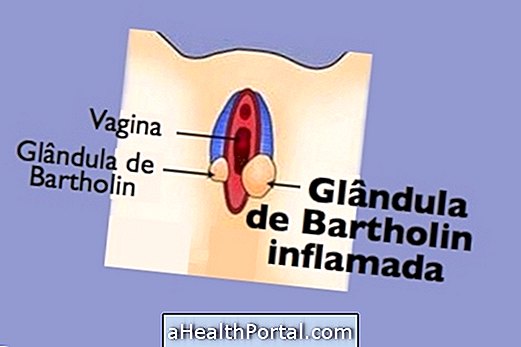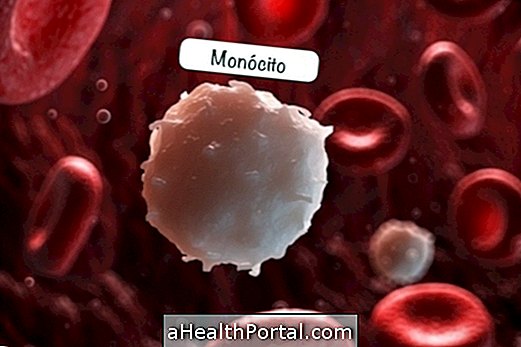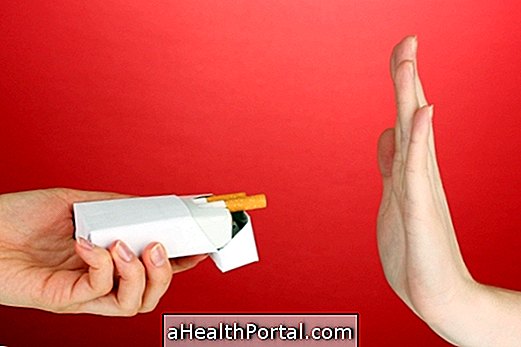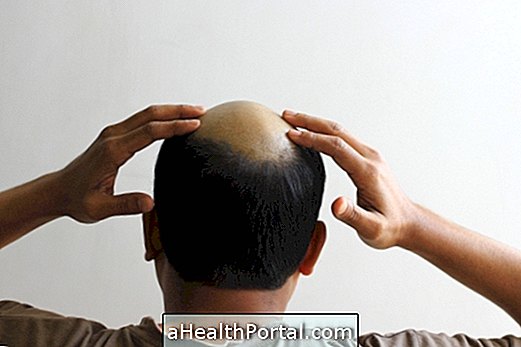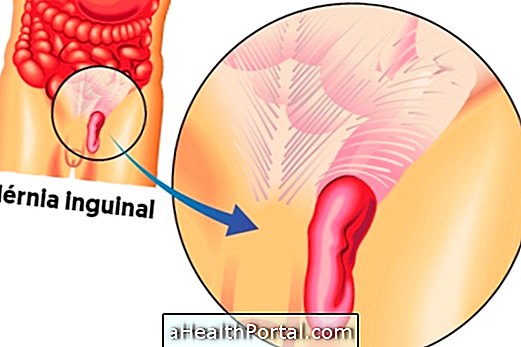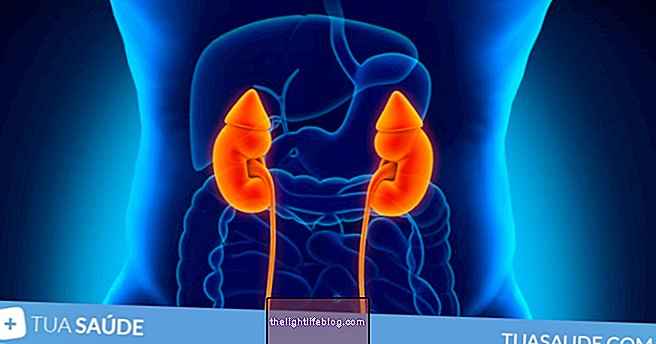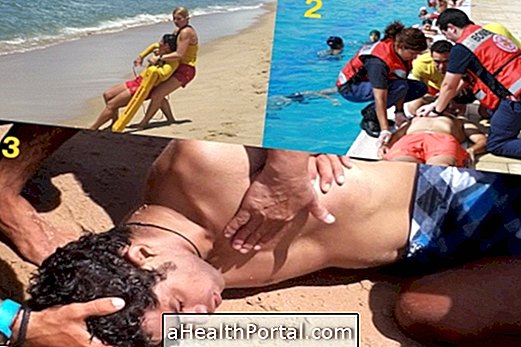Physiotherapy treatment for low back pain can be done with the use of appliances and stretches for pain relief, as well as massages to relax tense muscles and postural correction through exercises to eliminate the cause of pain.
In addition, the treatment indicated by the doctor can be done with anti-inflammatory drugs, analgesics, corticosteroids, infiltration and it may still be useful to resort to acupuncture for energy rebalancing and pain relief.
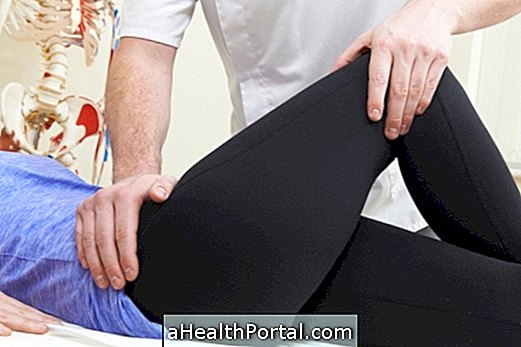
Some physiotherapeutic options for treating low back pain are:
1. Use of appliances
Apparatus such as short waves, ultrasound, transcutaneous electrical stimulation, laser can be used to combat inflammation and bring relief from the pain improving the day to day of the person. However, the physiotherapist may indicate other equipment if he or she feels it is right for your patient.
2. Stretching
The stretching exercises can be performed passively always respecting the limit of the pain and as soon as it regresses, it is possible to advance with the stretching, to increase the amplitude of the movements and to reduce their rigidity. When there is no pain, it is possible for the person to perform stretching actively.
Some stretching and strengthening exercises are performed in global postural re-education protocols where the person needs to stand in the same position for about 10 minutes. During this period, while some muscles are being stretched, others are being strengthened in order to reorganize the entire bone structure and joints, eliminating the causes of pain.
3. Exercises
To avoid spinal rotation, one should initiate muscle strengthening with static stability exercises in a closed kinetic chain, and therefore sitting, lying or ball exercises of various sizes can be used to provide resistance or support.
Strengthening can initially be accomplished with the resistance of the therapist's hand and little by little different weight should be introduced for the muscle to regain. Elastic bands such as theraband should be used before the anglers and their resistance should increase, as there is improvement of the presented symptoms.
Rotational stability exercises in open kinetic chain can then be introduced, which can be performed with the person lying on the side, for the strengthening of the buttocks and anterior and lateral region of the thighs. To progress, mobility exercises can be used that work the 4 limbs at the same time and favor the movement of the body with or without rotation of the spine.
Lastly, motor coordination exercises should be used because they require agility and complete absence of pain, and it is useful for improving muscular functioning and healing.
The best exercises for low back pain are the Pilates Clinic exercises. Here are some examples.
4. Vertebral manipulation
This is a manual technique performed by the physiotherapist that can be indicated to release the tension in the articulations of the spine, ATM and sacroiliac, for example. It is especially indicated when there is some postural alteration like scoliosis or hyperlordosis but it can not be used in all cases of low back pain and requires dexterity when performed in people with a herniated disc, for example.
Hot compress
At the end of the treatment and at home to bring relief from possible discomforts that may arise it may be advisable to put a bag of warm water to ease the pain for about 20 minutes before bedtime and the relaxation massages may also be indicated for relief from pain and improves local blood circulation.
Signs of improvement and worsening
Signs of improvement are observed in the first few days of treatment, especially when the person is able to stand, avoiding exertion and follow all the physiotherapist and doctor's instructions that may include not carrying heavy bags, not holding children or babies in the lap and avoiding wear high heels, for example.
Treatment time
Treatment may take 3 to 6 months if physical therapy is performed at least 3 times a week.

